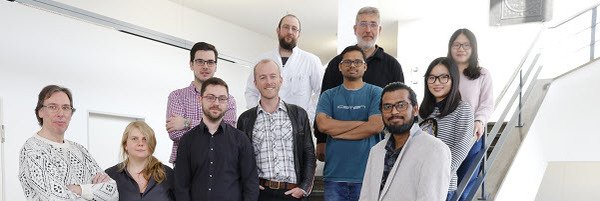In this project, we investigate a high angle grain boundary in elemental copper on the atomic scale which shows an alternating pattern of two different grain boundary phases. This work provides unprecedented views into the intrinsic mechanisms of GB phase transitions in simple elemental metals and opens entirely novel possibilities to kinetically engineer interfacial properties.


